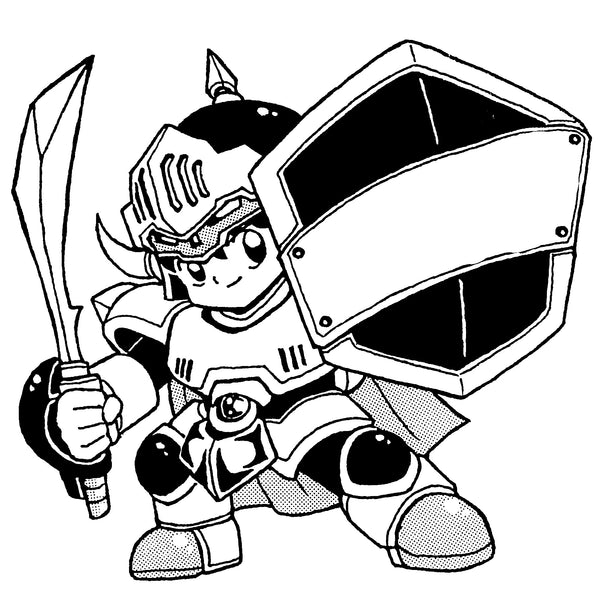
In the mid-1980s, the world of gaming was a chaotic and wonderful battlefield. At the center of this world for many in Japan was the Nintendo Famicom, a console that captured the hearts of millions. Soon after, it was joined by a powerful ally: the Famicom Disk System. However, this alliance came at a cost. The television stand became a tangled mess of wires, with two separate power adapters and complicated connections.
But what if there was a more elegant solution? A single, unified weapon?
The Legend of a Phantom Machine
On July 1, 1986, Sharp Corporation, under an official license from Nintendo, released an answer: the Twin Famicom. This machine combined both the Famicom cartridge slot and the Disk System drive into a single unit. It was, in essence, a dream machine. Yet, for many, that is all it was—a dream. With a high price tag of 32,000 yen, it was a luxury not many families could afford. It wasn't a console you saw in every friend's house. For most, the Twin Famicom was a phantom, a legend spoken of in hushed tones or glimpsed only in the pages of a magazine.
A Revolution in Design and Technology
What made the Twin Famicom so shocking was not just its concept, but its appearance. The single-tone, vibrant red model was a bold statement. This wasn't the work of an outside artist, but a declaration of pride from Sharp's own in-house design department. They leveraged their expertise as a major consumer electronics manufacturer to elevate the machine from a "child's toy" to a "sophisticated piece of AV equipment" worthy of any living room. The choice of two colors—a passionate red and a chic black—was a classic strategy for premium audio equipment, not toys.
This philosophy of excellence extended to its technology. As a leading television manufacturer, Sharp understood the limitations of the standard RF connection. They made the forward-thinking decision to include composite AV output as standard. This was a commitment to quality, ensuring that games looked and sounded their best. It was a feature that predated Nintendo's own AV Famicom by several years, proving that the Twin Famicom was a machine truly ahead of its time, born from a desire to solve user problems with superior design.
The Power of a God in Your Hands
An encounter with this phantom was a fateful event. For some, this happened in the most unexpected of places—not in a store, but discovered like a hidden family treasure, waiting quietly in a grandfather's house. And it was there that the machine’s true secret was revealed: a built-in turbo function.
In the world of shooting games, one name stood above all others in Japan: Takahashi Meijin, a master famous for his ability to press a button 16 times per second. This was a god-like skill every child tried to imitate. The Twin Famicom, however, made the impossible possible. With the flip of a switch, any player could unleash a continuous stream of bullets, transforming them into the hero they aspired to be. When playing a classic like Star Soldier, the machine provided a taste of legendary invincibility.
Conclusion: More Than a Console
The Twin Famicom is more than just a piece of retro hardware. It is a story of thoughtful innovation, a user-focused solution to a common problem. It was a revolution in design, a technological pioneer, and for the lucky few who used one, it was a superweapon that turned an ordinary player into a legend. Its story is a powerful reminder that the greatest products are born when thoughtful design and a desire to create joy come together.
